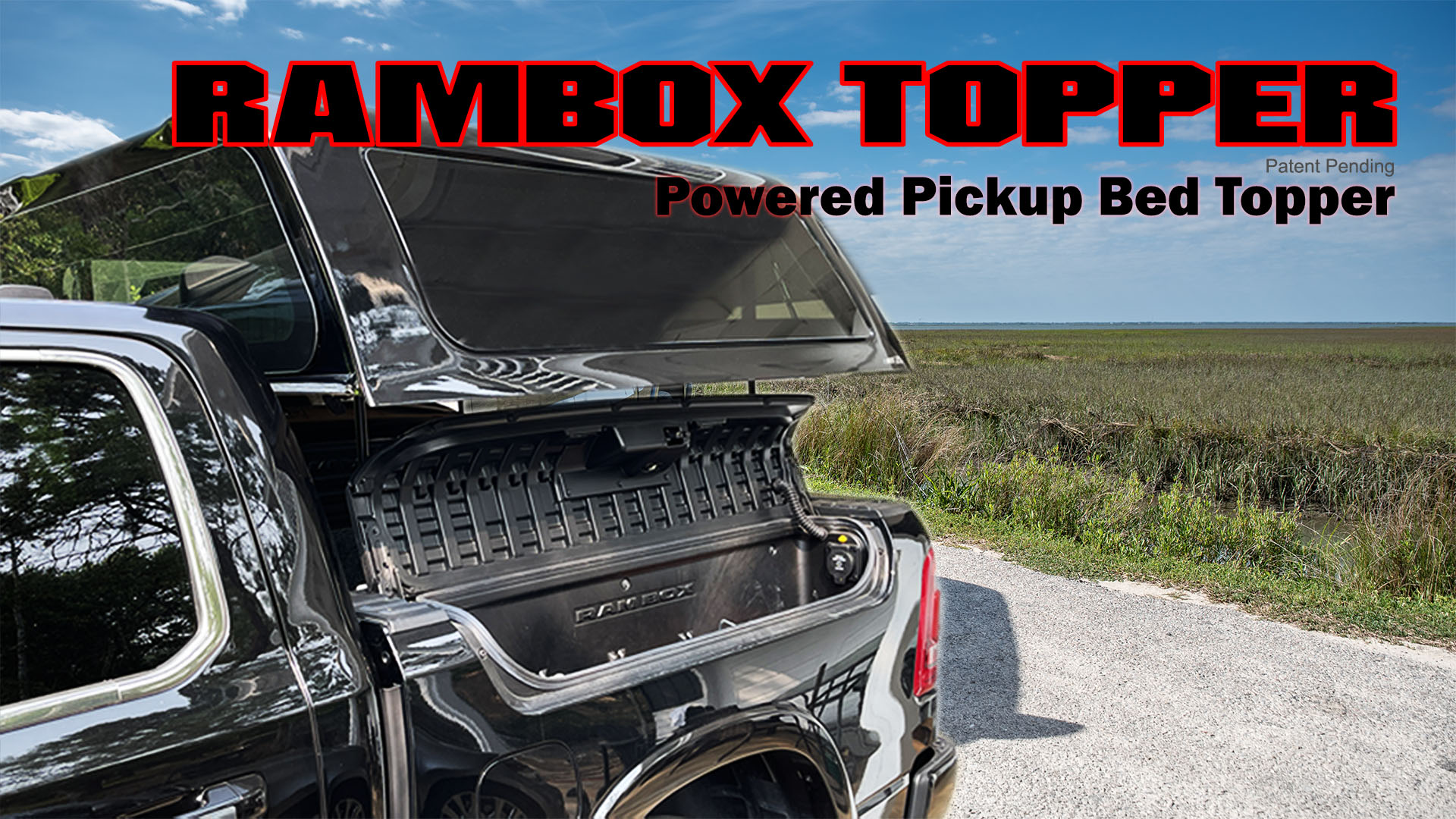Driverless semi trucks could drive all night and park/charge all day. And range would be dramatically extended without the need for A/C, radio, or...a cabMy response there was in reference to an infinite energy source (not possible). Extending the range through use of other energy sources is common and feasible. The issue you run into there is weight, complexity, and cost. I think I said it in another post, but you either end up with a basically worthless electric motor and a big gas motor (E-torque anyone?) or a worthless gas motor and a big battery. I don't think anyone wants a 7000 pound half ton truck.
Regenerative braking is the best solution currently to recapture some energy, and it should be pretty standard on all EV's. Another option, especially with recent developments, is solar panels in the roof. This comes into play with the bigger vehicles like trucks and SUV's with a lot of surface area on the roof, as well as semis. I see EV tech being huge for tractor-trailer setups where you can have the ability to recharge while driving and/or during their required breaks.
(Same principle as UAVs vs traditional fighter jets)













